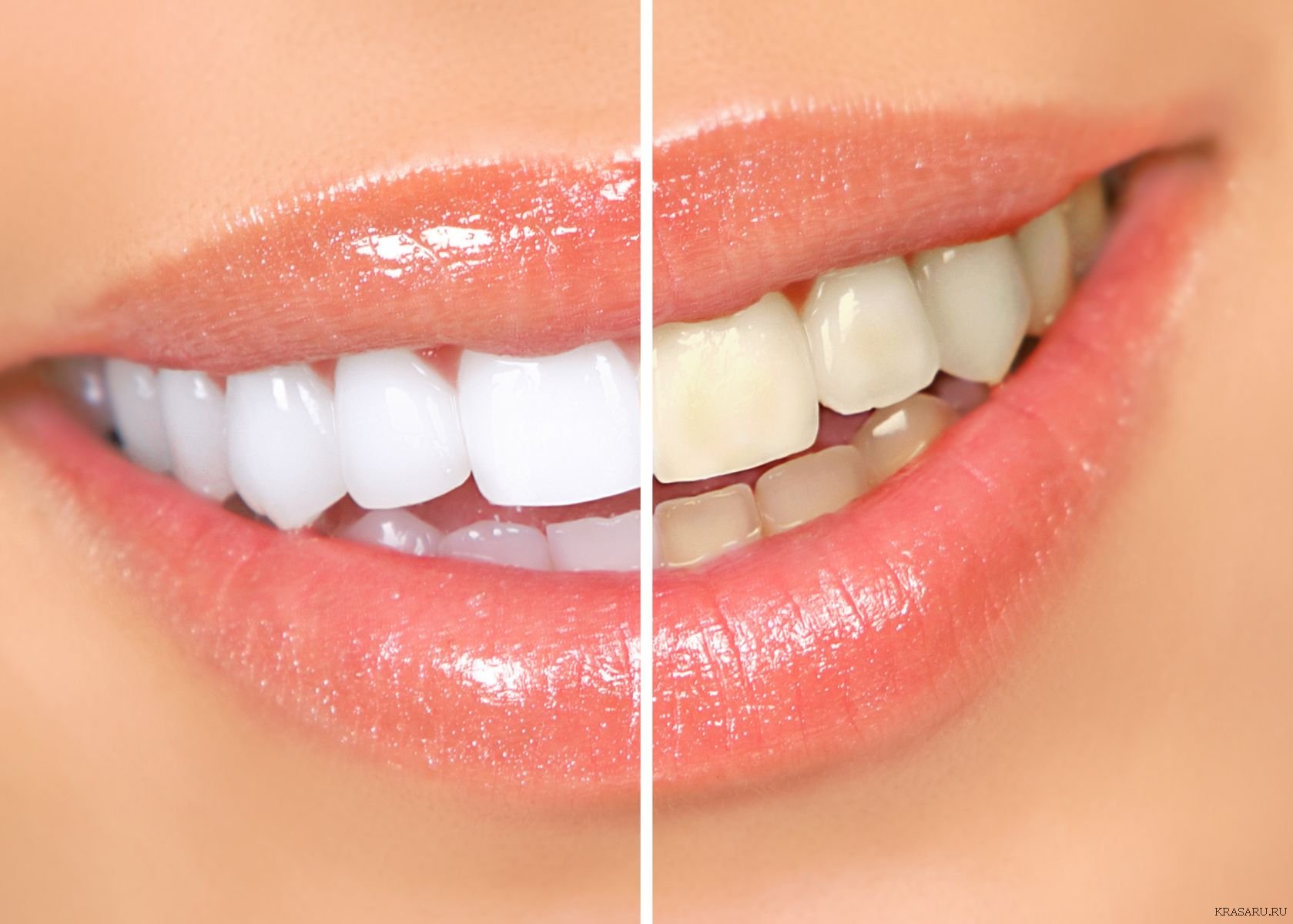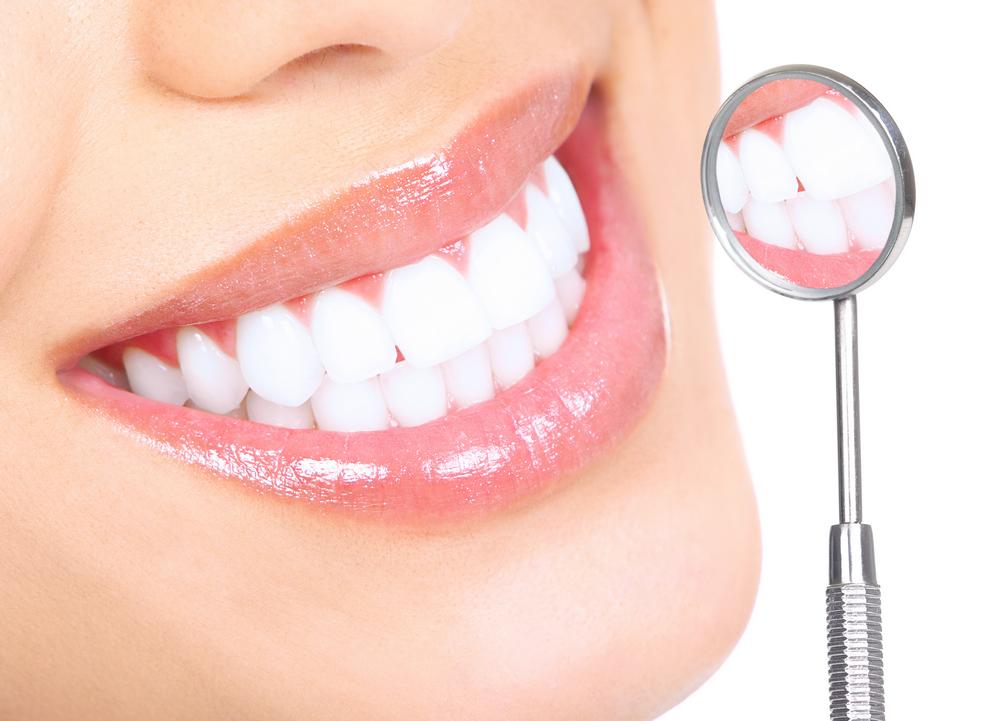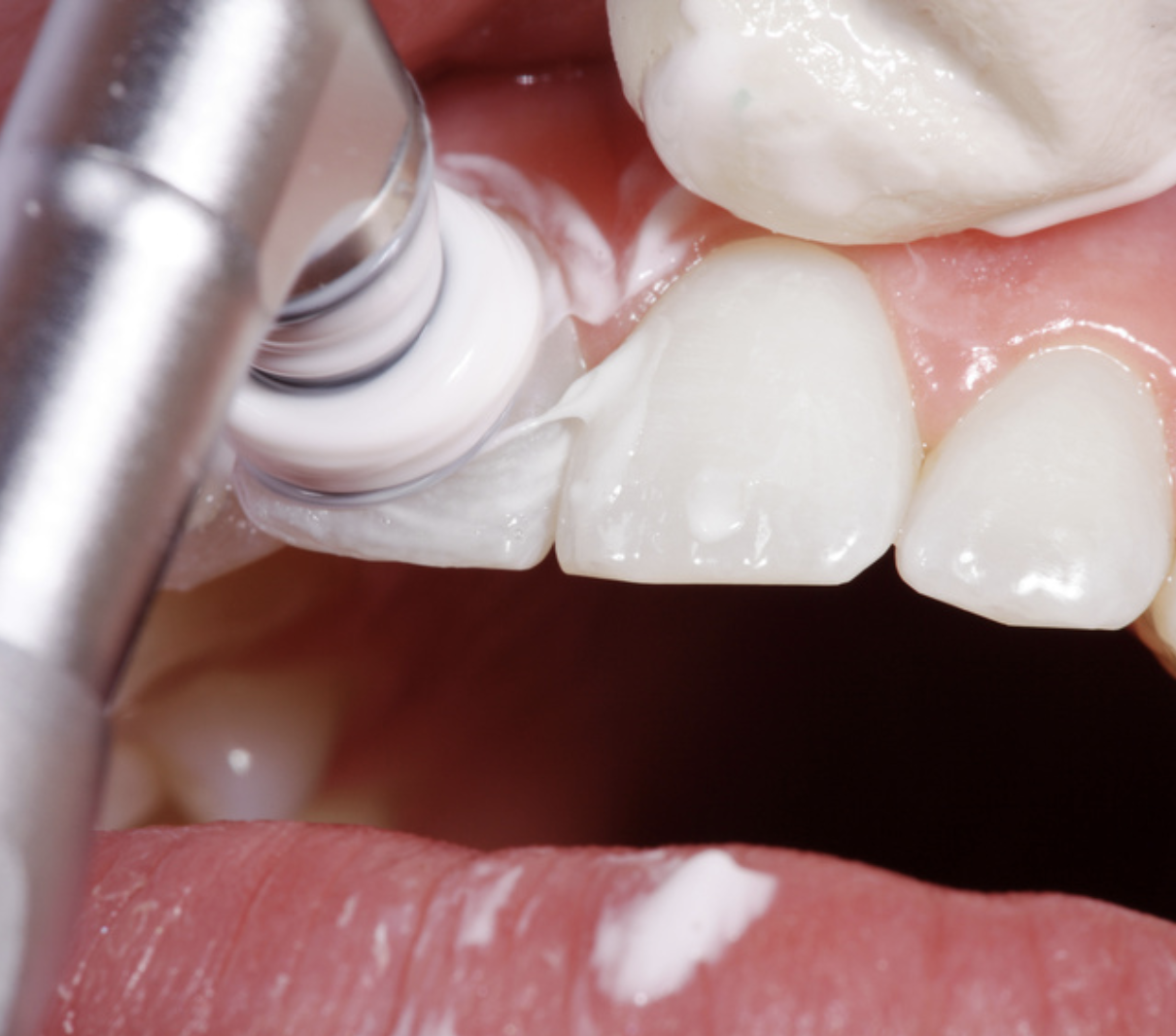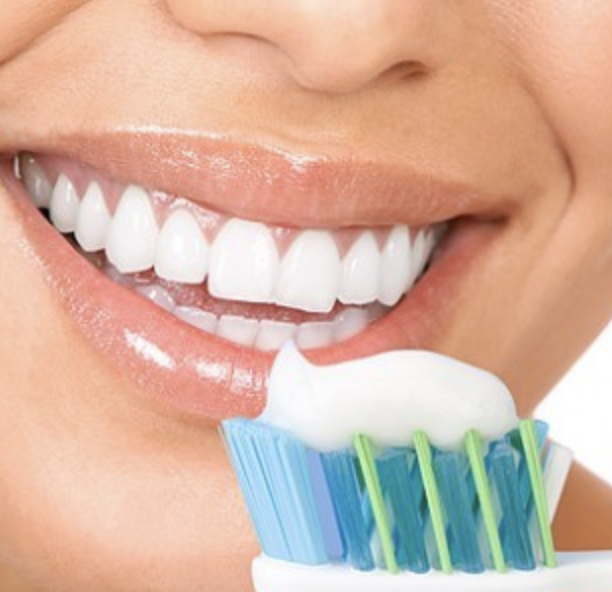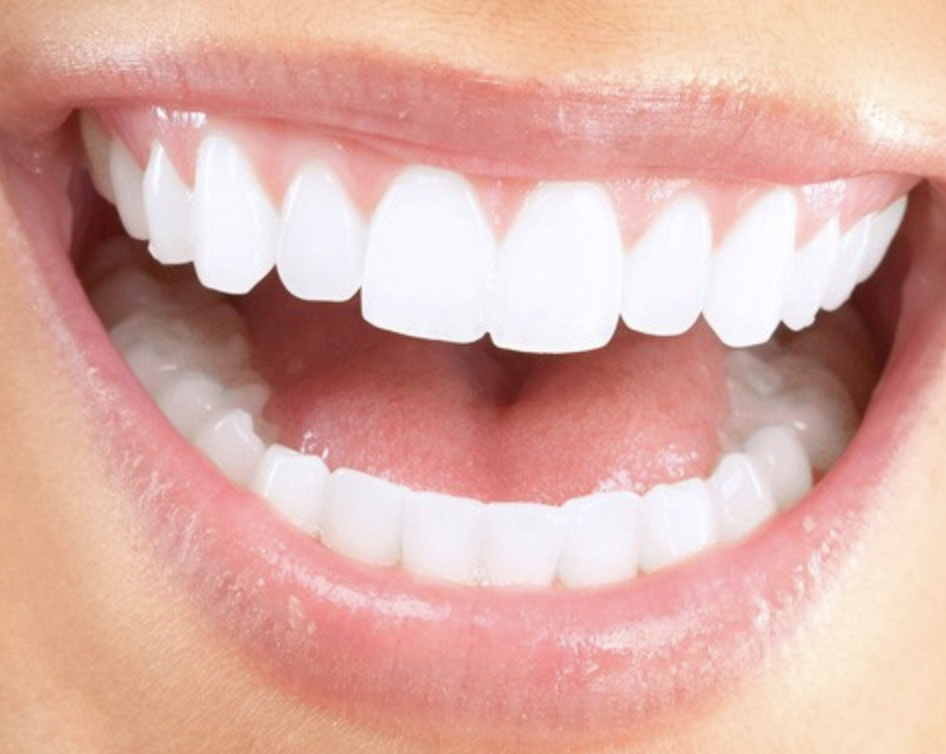Professional teeth whitening
The modern methods of teeth whitening do not generate structural changes.
The structure of enamel consists of organic (calcium, fluorine, etc.) and inorganic elements that provide a firm connection in the crystal grating. In an acid microflora, like in case of caries, the structure of this gratings become more friable and the crystals flow out of it braking the whole unity and firmness of the structure.
The professional teeth whitening is done in the doctor’s office in the following way: the dentist isolates the lip lines with the help of special gel so that the whitening material would not contact with the tissues of mouth cavity. then the whitening material is spread over the teeth that is activated under the influance of physical agents (laser, ultravoice, light, etc.). the medical procedure finishes with refinement with flourine or some preservative polish that prevents the surface of teeth from super-sensitivity.
The medical procedure lasts from 30 minutes to 1,5 hours, e. g. the whitening with laser lasts only 30 minutes and more light color we have.
2-3 days after lightening it is advised not to use dying foods. This method of teeth whitening is preserved 3-5 years and more if the simplest rules of care are retained.
The contraindications of teeth whitening:
- the existence of inflammatory diseases of
- the tooth caries, the cracked enamel
- the existence of fixed orthodontic structures (the whitening would not be equal)
- if there are tooth inlays or artificial crowns on the frontal teeth: because of difference of materials the whitening would not be equal.
- pregnancy
- it is not advisable for children younger than 16 years.
Teeth whitening
Beautiful and white teeth! It is difficult to find a person who would not like to see the reflection of his nice, white, healthy teeth in the mirror. If there is a toothache, you don’t like the form of your tooth, old dental inlay then you know you have to visit the dentist to change, to mend, to cure. The result is expected if you are sure the doctor is a professional.




